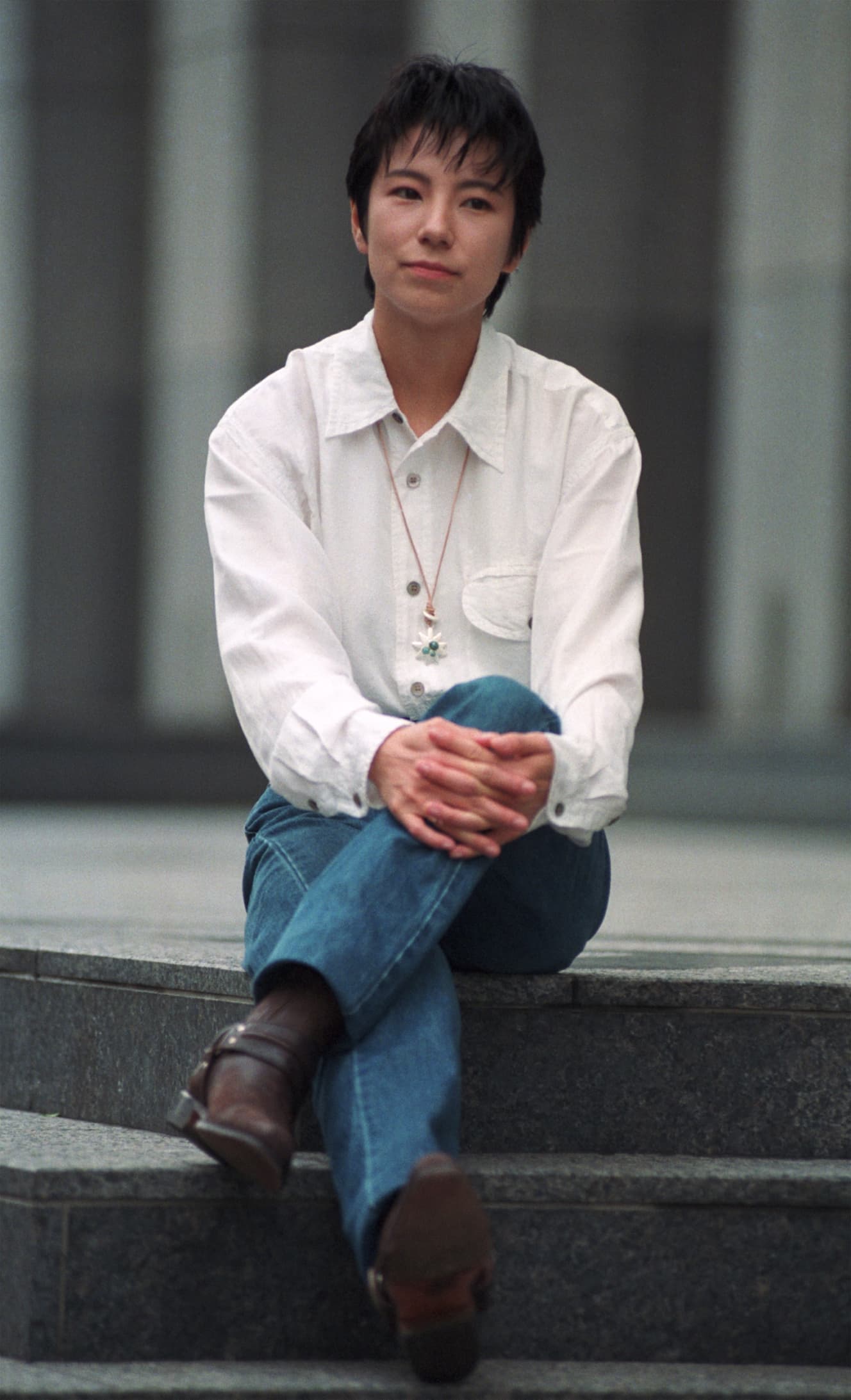GAO’s Sayonara Gives Birth to A Genderless Era in Music
It just never gets old.
This is a series of articles tracing hit songs from exactly 30 years ago. This time, we will focus on GAO’s Sayonara released in April 1992.
When I hear this phrase, I often think to myself that it’s not that old. But this song is truly a classic.
In other words, it is a genuine masterpiece.
According to the Oricon Chart Book (1968-1997), it sold 1,236,000 copies, making it an extraordinarily big hit. What is surprising, however, is that it did not reach No. 1 on the weekly chart, even though it sold so well. It reached a high of No. 3. What is even more surprising is that the number of weeks on the Oricon chart, which indicates how long the song stayed on the chart, is extremely long at 47 weeks.
The number of weeks that Sayonara stayed on the Oricon chart was 47. Sayonara was No. 16 on the annual chart in 1992, but the number of weeks that Yone Club’s Kimi ga iru demo / Aishiteru stayed at No. 1 was 34 weeks, so you can understand how long Sayonara had been selling slowly.
It is not a song that is digested in an instant like a fireworks display, but a genuine masterpiece that continues to sell slowly and steadily, and will not grow old even for 30 years, when 2021 rolls around.

Perhaps that’s why it has been featured in the media even recently. It is not in the context of nostalgia but rather in a way that respects the song.
On the April 14 broadcast of TBS’s Ningen Observation Variety Monitoring, Ko Shibasaki, who is a big fan of Sayonara and covered the song herself, met GAO. She said, “I never thought this day would come. I want to tell my elementary school self, ‘There are tough times in life, but there are also many miracles,'” Shibasaki wrote on her Instagram page.
Let us now break down the greatness of Sayonara.
First, the lyrics by GAO himself. After reading them again, I felt that they were very simple and abstract. The title itself, Sayonara, is very straightforward.
We know that she has separated from “you,” that she has moved “far away,” and that she wants to “go back” to the time when “we were embracing our dreams together,” but that is the extent of the information presented. Conversely, there is freedom in that everyone can set the “you” in the lyrics in their own way.
Speaking of simplicity, the melody and chord progression is also effortless. I sang it in a karaoke box for the first time in about 30 years, and perhaps because of its simplicity, I can still sing it today.
The most impressive part of the song is the beginning, “♪ Flowing seasons, you are the only one missing.” The chords used are the simple three main chords that you learn in music class (E♭ = key, A♭, and B♭). But the bass keeps playing the same notes throughout the song, which gives it a flavor you will never get tired of.
Since this is somewhat theoretical, I produced a video of myself playing the piano for reference. The left hand is the same bass note all the way through, and the right hand is the melody. I hope you can understand that the note that the left hand keeps playing (=E♭) creates a simple but never dull sound.
In other words, the song Sayonara sounds like an antidote to later Heisei J-pop, with its information-packed, redundant lyrics, dazzlingly intense chord progressions, and modulations.
Neutral, middle-of-the-road pop that would be a hit if remade.
In addition to these musical attractions, GAO’s looks and the neutral appeal of her voice had a big influence on the song’s continued success.
I have a copy of the 8cm single I bought at the time, and the photo of GAO on the jacket has a very strong neutral impact.
According to an article in NEWS POST SEVEN last September 24, 2016, it was GAO herself who suggested to not specify her gender and age.
Also, when she said during the MC of a live concert, “I am a woman too, so male audience members should support me too,” a female audience member came up to me after the show and asked, “Are you a woman, GAO?” As soon as she answered, “Yes, I am,” she run off crying.
In other words, GAO’s neutral looks and voice, which foreshadowed the genderless era, combined with the simple, never-ending flavor of the song itself made it a big hit that sold well for a long time and became a classic song that is still respected by the world of 2025.
Looking back, most rock music in Japan emphasized macho masculinity with one hand raised in the air. I also feel that much of today’s female idol music places too much emphasis on cute femininity (shojo), like making heart marks with both hands.
I believe that Sayonara became a pop song in the middle of the pack because it simply and majestically rang out the neutral position in the face of the excessive polarity of masculinity and femininity.
If Sayonara were remade today, it would be another hit. I believe that in this age of genderlessness, neutrality is no longer a special niche, but is becoming a major value in the market that encompasses both poles of masculinity and femininity.
Interview and text: Susie Suzuki
Music critic, born in Higashiosaka City, Osaka in 1966, currently appearing on bayfm's "9 no Oto Iki" Mondays. His books include "80's Ongaku Kaitai Shinsho" (80's Music Kaitai Shinsho) (Sairyusha), "Checkers' Music and Its Era" (Bookman-sha), "Intro's Law 80's" (Bungeishunju), "Southern All Stars 1978-1985" (Shincho Shinsho), "Koisuru Radio" (Bookman-sha). His articles are serialized in Toyo Keizai Online, Tokyo Sports, Weekly Baseball, and other publications. His new book is "EPIC Sony and Its Era" (Shueisha Shinsho).